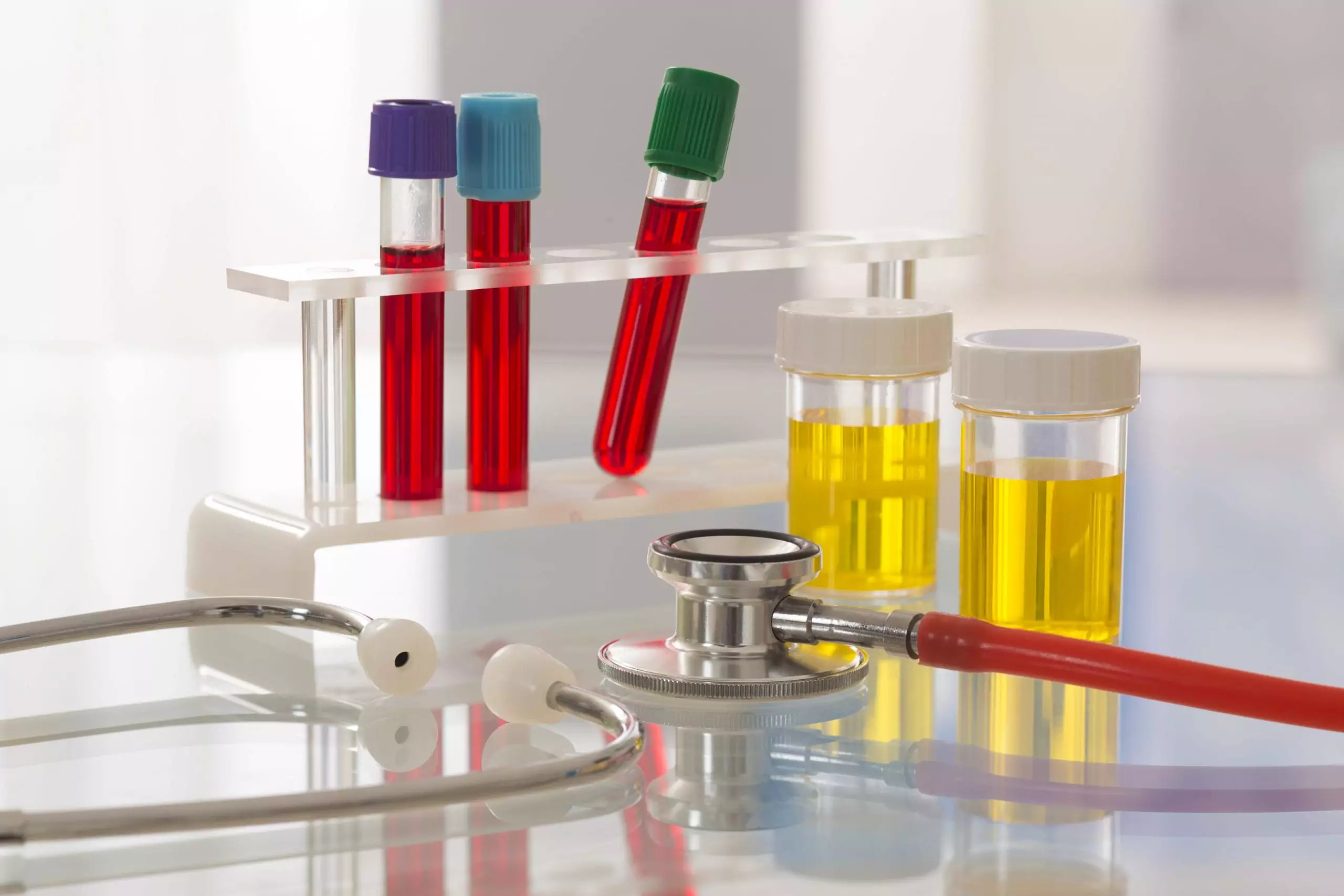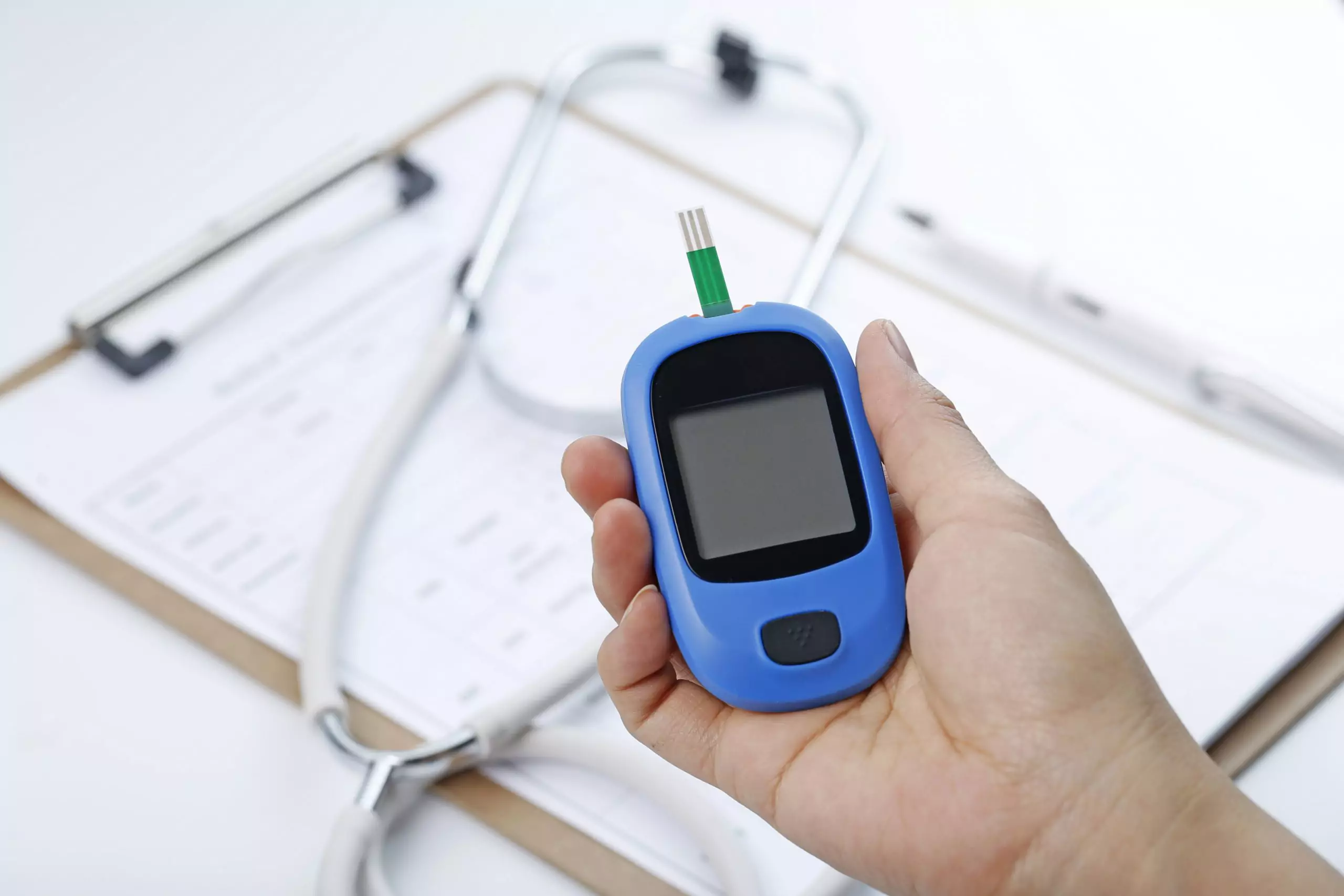What Is Stage 1 CKD?
If you’ve been reading up on chronic kidney disease (CKD), you’ve probably repeatedly seen that the early kidney disease stages—stage 1, stage 2, and often even stage 3—are largely asymptomatic. So, how do you know if you have CKD? What does it mean to have a disease without any signs or symptoms?
Signs and symptoms of CKD stage 1
Signs of stage 1 kidney disease
Because the kidneys still do a pretty good job even when they’re slightly damaged, most people with stage 1 CKD don’t know they have it. If they do find out they’re in stage 1, it’s usually because they were being tested for another condition, such as diabetes or high blood pressure, which are the two leading causes of kidney disease.
The early stages of kidney disease are most commonly diagnosed through one or more of the following ways:
- Blood (serum) test
- Urinalysis (urine test)
- Imaging test (typically, but not limited to, a CT scan or an MRI)

If you have stage 1 kidney disease, your blood will likely show:
- higher than normal levels of proteins, especially albumin;
- higher than normal levels of urea (an end product of protein metabolism, usually excreted in the urine); and
- higher than normal levels of creatinine (a waste product of muscle metabolism).
Creatinine (cree-AT-uh-neen) levels are what doctors use to calculate what stage of kidney disease you’re currently in. They use it to calculate your eGFR, or estimated glomerular (glom-EER-yoo-ler) filtration rate, to determine how efficiently your kidneys are filtering out wastes and impurities.
A healthy kidney will function at 90% or better, so will have a eGFR of 90 or above. A person with stage 1 CKD will still have a eGFR of 90 or above. Once your eGFR dips to between 60 and 89, you’re generally considered to have entered stage 2 CKD. A eGFR in that range, however, can sometimes be considered normal, depending on your age, weight, gender, and various health factors.
Other possible signs of CKD stage 1 include the following:
- Blood in your urine, or hematuria (though this could have other causes, as well)
- Higher than normal levels of proteins in your urine, or proteinuria
- Visible evidence of structural damage via CT scan, MRI, ultrasound, or x-ray with contrast
Stay ahead of your CKD
Responsum for CKD empowers people with kidney disease through community, knowledge, and shared experiences
What are the symptoms of stage 1 kidney disease?
If you’re in stage 1, your kidneys are functioning only slightly less than optimally. Rarely are there any noticeable symptoms of kidney disease in the first stage. Most people with stage 1 CKD don’t know they have it.
It can take years before the disease progresses to be symptomatic—especially if you are living a healthy lifestyle and don’t have any other conditions that could cause complications and put you at higher risk. Conditions that fall into this category include diabetes, high blood pressure, anemia, heart disease, acute kidney injury (AKI), and/or a family history of polycystic kidney disease (PKD).

There’s a considerable difference between stage 1 kidney disease and end-stage renal disease (ESRD), but that doesn’t mean that you should ignore a stage 1 diagnosis. There is currently no cure for kidney disease. It’s fortunate if you receive an early diagnosis because it gives you the opportunity to prevent the disease’s progression—or slow it down—by making immediate lifestyle changes and addressing manageable risk factors with your doctor.
Stage 1 kidney disease life expectancy
Since your kidneys are still functioning well, you can potentially live with stage 1 kidney disease for many years. Factors that determine this include your age, sex, underlying health issues, and lifestyle. Early detection and intervention can help you live longer and better.
Living with stage 1 kidney disease
Here are some ways to help slow down the damage to your kidneys in stage 1 kidney disease:
- Manage your blood sugar if you have diabetes.
- Keep your blood pressure in a healthy range. Suggested BP levels are:
- 125/75 for those with diabetes,
- 125/75 for non-diabetes with proteinuria, and
- 130/85 for non-diabetes and non-proteinuria.
- Lower your LDL cholesterol and increase your HDL cholesterol.
- Eat a healthy diet of mostly fruits, veggies, and whole grains. Avoid sugar, salt, and fat. Don’t eat too much protein, but make sure you get enough healthy calories.
- Don’t smoke or use tobacco products.
- Exercise or be moderately active for 30 minutes a day, at least five days a week.
- Achieve and maintain a healthy weight.
- Take medications exactly as prescribed by your doctor.
- Ask your doctor if there are medicines you can take to help protect your kidneys.
- Get a referral from your doctor for a nephrologist (kidney specialist), and make an appointment.
Once you’ve been diagnosed with kidney disease, it’s a good idea to get regular blood and urine testing to monitor your kidney function and damage progression. If the disease does progress, your healthcare provider may eventually want to do a kidney biopsy in later stages to determine the extent of the damage, but that isn’t a necessity in the early stages.
A healthy lifestyle, early intervention, and treatment for related medical conditions and risk factors, such as diabetes, hypertension, and heart disease, can help slow the progression of kidney disease and keep your kidneys healthy longer.

